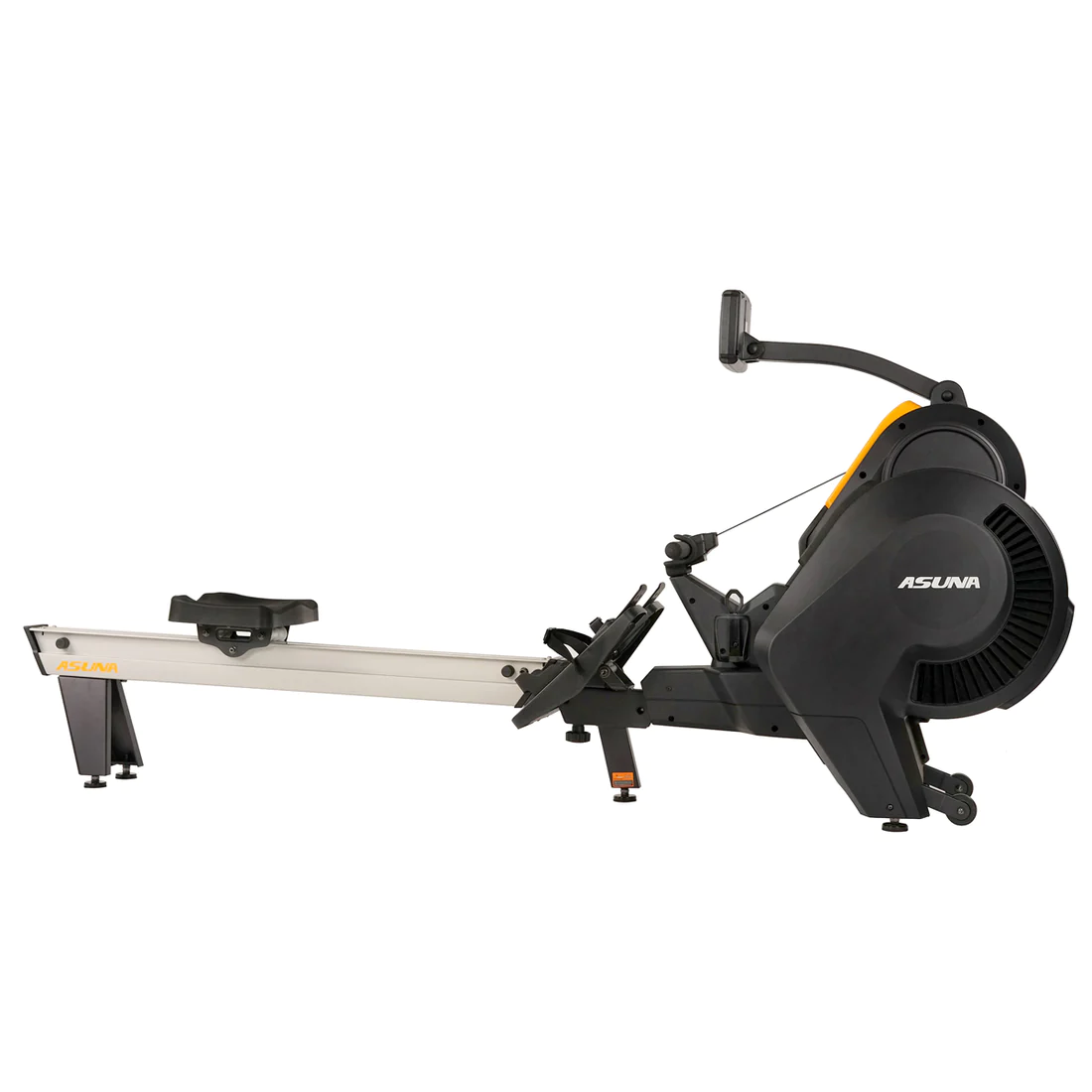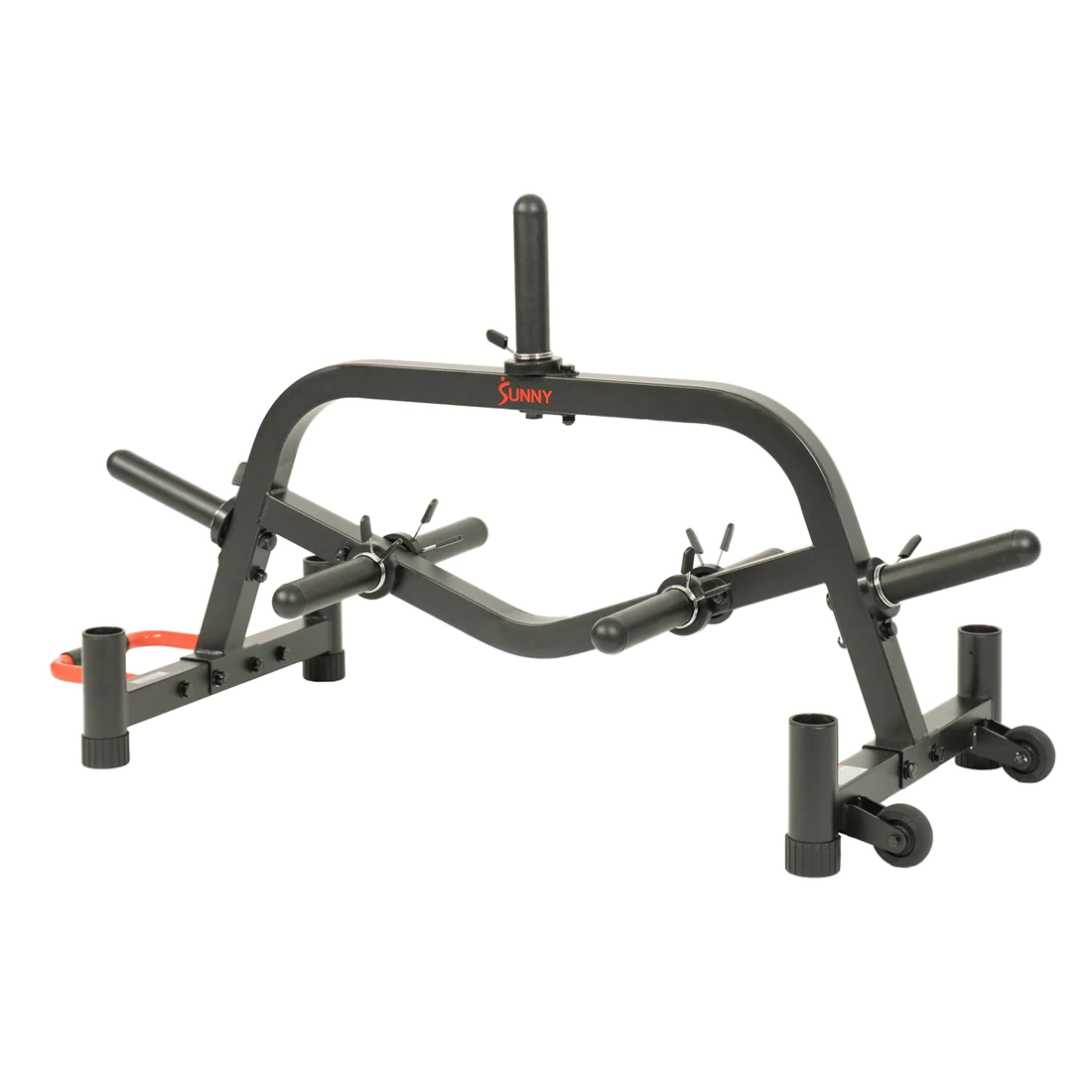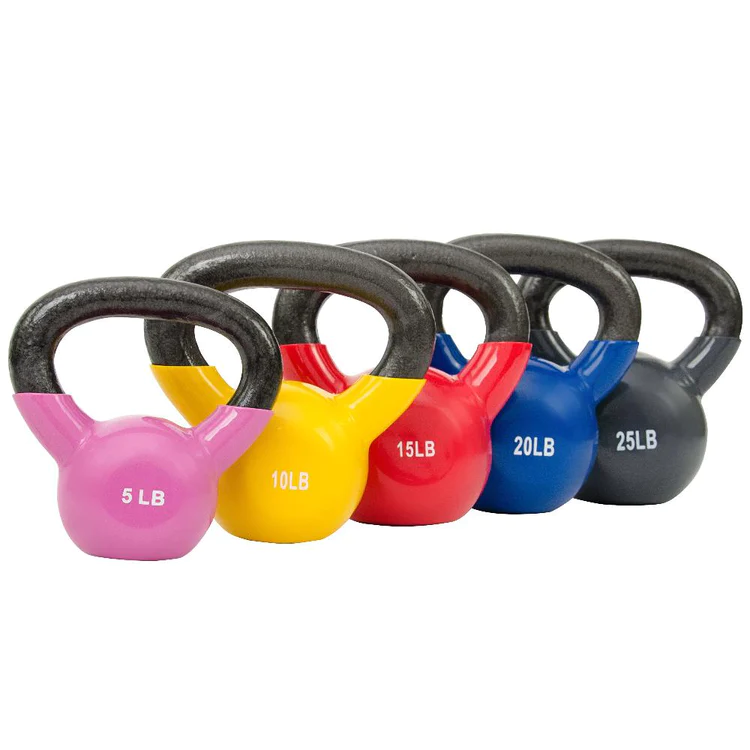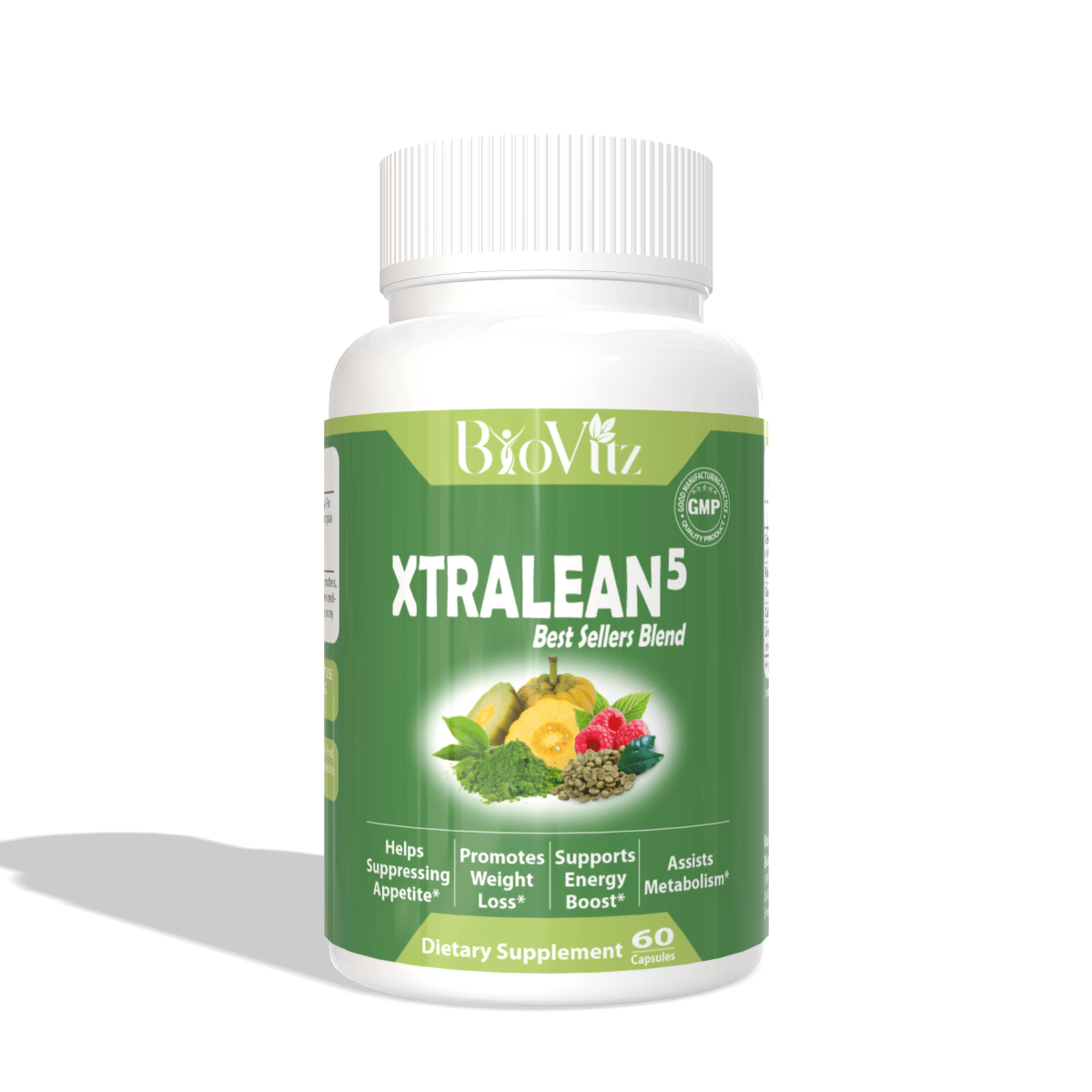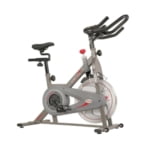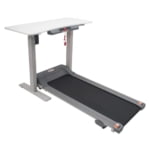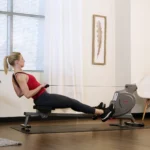Unlocking the Benefits of Running in Place
Burn Calories Anytime, Anywhere
Running in place is a versatile cardio exercise that torches calories. Whether you’re in your living room or waiting for dinner to cook, this simple workout can elevate your heart rate and help you burn those extra calories. It’s a game-changer for busy schedules.
Cardiovascular Strength Boost
Engaging in a regular running-in-place routine enhances cardiovascular endurance. As your heart pumps faster during this high-energy activity, you’re giving your cardiovascular system a robust workout. A strong heart means improved overall health and stamina.
Tighten Those Core Muscles
Surprisingly effective for your core, running in place engages abdominal muscles and helps tone your midsection. It’s not just about leg movement; the stability required works wonders for your core. Get ready to show off those well-defined abs!
Joint-Friendly Exercise
Concerned about joint impact? Running in place is a low-impact alternative that minimizes stress on joints while still providing an excellent cardio workout. It’s perfect for those recovering from injuries or looking for a joint-friendly exercise option.
No Equipment, No Excuses
Leave your excuses at the door—running in place requires no special equipment. All you need is a pair of supportive shoes and enough space to move. No gym membership, no fancy gear. Just you, your determination, and a commitment to fitness.
Step-by-Step Guide: Running in Place Workout

Step 1: Gear Up
Before you start running in place, make sure you’re wearing comfortable athletic shoes. Good footwear provides support and reduces the risk of injury. It’s your first step towards a safe and effective workout.
Step 2: Find Your Space
Choose a spacious area where you can move freely without any obstacles. Running in place doesn’t require much space, but ensuring you have enough room enhances your overall experience and safety.
Step 3: Warm-Up
Prepare your body with a quick warm-up. Perform light cardio movements like marching in place or gentle jumping jacks. Warming up increases blood flow to your muscles, making them more flexible and ready for action.
Step 4: Start with a Jogging Motion
Begin with a light jogging motion. Lift your knees slightly, and swing your arms naturally. Focus on maintaining a comfortable pace. This is the foundation of your running in place workout.
Step 5: Engage Your Core
As you jog in place, engage your core muscles. Imagine pulling your belly button towards your spine. This not only strengthens your core but also helps you maintain balance throughout the workout.
Step 6: Gradually Increase Intensity
Once you’re comfortable with the jogging motion, consider intensifying your workout. Lift your knees higher or pick up the pace. The goal is to challenge yourself gradually and improve your endurance over time.
Step 7: Mix It Up
Keep things interesting by incorporating variations. Try high knees, side steps, or butt kicks. These variations target different muscle groups and add a fun element to your running in place routine.
Step 8: Cool Down
After a satisfying workout, it’s crucial to cool down. Slow your pace to a gentle jog, and then transition to a brisk walk. Finish with static stretches to promote flexibility and prevent muscle tightness.
Step 9: Hydrate and Reflect
Don’t forget to hydrate! Drink water to replenish fluids lost during your workout. Take a moment to reflect on your achievements, whether it’s completing a longer session or trying a new variation. Celebrate your progress!
Frequently Asked Questions
Q: How long should a running-in-place session be for beginners?
A: Start with 5 to 10 minutes per session. Gradually increase the duration as your stamina improves. Listen to your body and progress at a pace that feels comfortable.
Q: Can running in place replace outdoor running?
A: While it may not fully replace outdoor running, it’s a fantastic alternative. Running in place offers convenience and is an effective way to stay active when outdoor options are limited.
Q: Is running in place suitable for individuals with joint issues?
A: Absolutely! It’s a low-impact exercise that’s gentle on the joints. However, if you have specific concerns, it’s advisable to consult with a healthcare professional before starting any new workout routine.
Q: How can I make running in place more interesting?
A: Create a playlist with upbeat tunes, vary your pace, or add in high knees and side steps. Keeping it engaging helps you stay motivated and enjoy the workout even more.
Q: Can I do running in place every day?
A: Yes, you can! However, like any exercise, listen to your body. If you experience pain or fatigue, give yourself time to rest and recover. Consistency is key, but so is balance.





